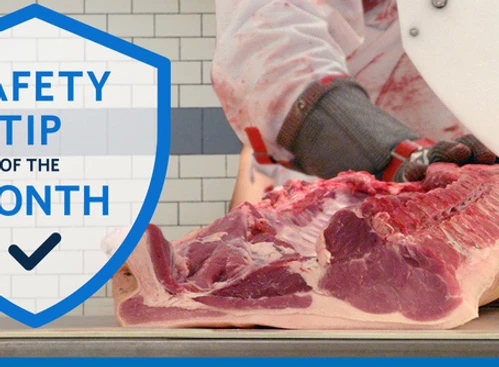Your business depends on machines. The safety of your employees depends on the proper guarding of those machines. OSHA says that workers who operate and maintain machinery experience approximately 800 deaths and 18,000 amputations, lacerations, crushing injuries and abrasions each year due to unguarded or inadequately guarded machines.
The Importance of Machine Guarding
A Texas furniture design and manufacturing company is facing a $247,000 OSHA fine after an inspection found that the company had removed guarding from a machine and failed to follow hazardous energy control procedures, according to Insurance Journal. An employee broke a finger after their hand got caught in the machine.
The injuries could have been much worse. Machines pose a significant danger, but proper machine guarding can protect workers.
OSHA says that examples of machines that usually require point of operation guarding include power saws, portable power tools, milling machines, shears, guillotine cutters, and others. Examples of machine guarding include barrier guards and two-hand operating devices.
Under OSHA guidelines, guards must be attached to the machine where possible and secured elsewhere if attachment to the machine is not possible. Guards must not create potential hazards. See OSHA Standard for Machinery and Machine Guarding, 1910.212(a), for additional information.
The Need for Proper Training and Compliance
Press Herald reports that a specialty grocery store called Vine Marketplace has paid a $27,274 fine after an investigation found that minors were allowed to clean meat mixers and grinders. The FLSA prohibits workers under the age of 18 from operating hazardous powered equipment in non-agricultural occupations. Workers and supervisors should be aware of this rule.
Safety policies cannot be effective if they are not enforced. Every worker should be thoroughly trained in how to use potentially hazardous equipment and machine guarding safely. Workers should also be made aware of the potential for danger, and no horseplay should be tolerated around hazardous machinery at any time.
Consistent use of personal protection equipment is also important. Workers must be given eye and face protection when exposed to hazards from flying particles, and they should be trained on correct and consistent use of protective gear.
Regular Maintenance
Malfunctioning equipment can create additional hazards. Equipment should be inspected regularly to ensure that it is operating safely.
If machinery safety guards are missing or the equipment is otherwise unsafe, it must not be used. Steps should be taken to ensure that everyone is aware that the equipment is out of order and no one uses it.
Regular Maintenance
Malfunctioning equipment can create additional hazards. Equipment should be inspected regularly to ensure that it is operating safely.
If machinery safety guards are missing or the equipment is otherwise unsafe, it must not be used. Steps should be taken to ensure that everyone is aware that the equipment is out of order and no one uses it.
Lockout and Tagout Procedures
EHS Daily Advisor says that an aluminum parts manufacturer in Ohio is facing $1,671,738 in OSHA penalties after a barrier door fatally closed on a worker. The company had previously signed a settlement agreement over machine guarding and lockout/tagout violations.
Machines that turn on unexpectedly can cause severe injury to workers. Lockout and tagout procedures can prevent these incidents from occurring.
Organizations are responsible for development, implementing and enforcing a safe lockout/tagout program. New and overhauled equipment must have lockout/tagout a process, and these procedures must be inspected at least once a year. Workers must receive adequate training so that they understand and can follow the lockout/tagout procedures. See The OSHA standard for The Control of Hazardous Energy (Lockout/Tagout), 1910.147, for additional information.
Download our Machine & Equipment Guarding Safety Tip and regularly train and monitor your team to ensure best practices are followed. Talk to the grocery insurance team at RiskPoint Advisors to ensure you have adequate protection against this costly exposure.
| Joe Scarpello | Melissa Johnson |
| 253.444.5584 | 253.444.5654 |


